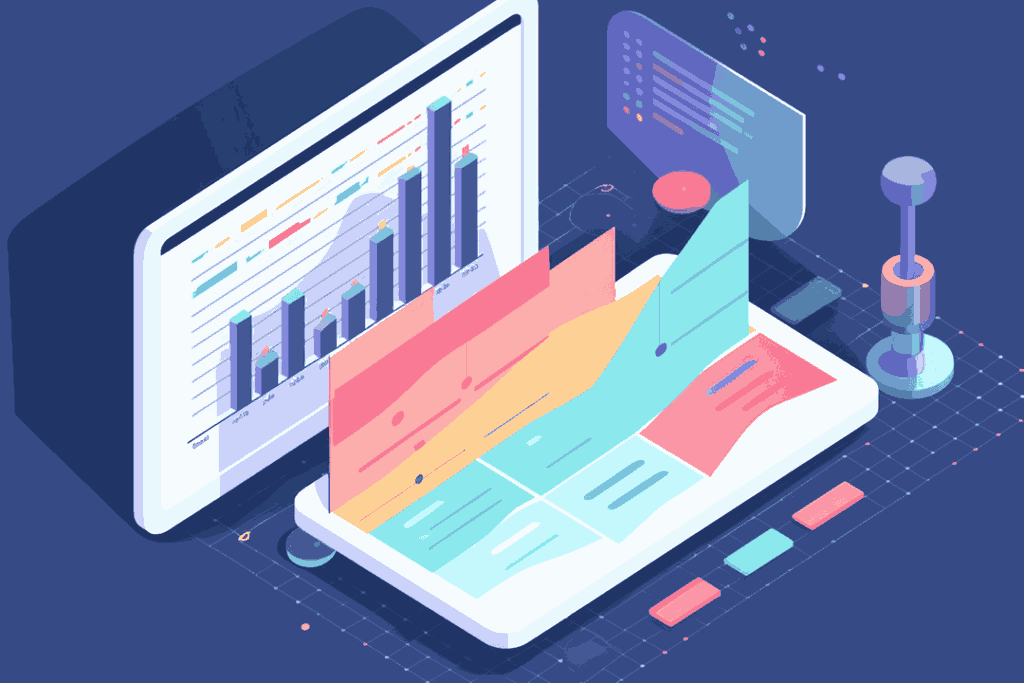Knowing how to use Shopify data can make or break your store’s success. But with so many reports and numbers, it’s easy to feel overwhelmed. The key is learning how to focus on what matters most.

Why Data Overload Happens
Shopify gives you access to tons of data: sales reports, traffic stats, customer details, and more. While this is helpful, trying to look at everything at once leads to overload and confusion.
Focus On Key Metrics First
– Customer Lifetime Value (LTV) — Shows how much each customer spends over time.
– Repeat Purchase Rate — Tracks how often buyers come back.
– Product-Level Profitability — Reveals which items drive real profit.
– Traffic To Conversion Rate — Helps you see if your store is turning visitors into buyers.
Set Goals Around Your Data
Instead of tracking everything, set simple goals. For example, aim to increase your repeat purchase rate by 10%. This keeps you focused on one thing at a time, making the data easier to manage.
Break Data Into Weekly Or Monthly Views
Trying to review all your data every day is exhausting. Instead, look at different metrics on a weekly or monthly basis. For example, check sales trends every week but review customer segments once a month.
Use Tools That Simplify Shopify Data
Basic Shopify reports can feel scattered. Tools like By the Numbers help organize your data, showing what matters most without the clutter.

By the Numbers
Empower your business with our Shopify Data Driven App

- ✔ Know Your Audience Behavior
- ✔ Deep Customer Segmentation
- ✔ Retarget With Integrations
- ✔ All The KPIs & Reports You Need
How To Use Shopify Data For Growth
Knowing how to use Shopify data doesn’t mean tracking everything. It means focusing on the right numbers, setting simple goals, and using tools that help you make smarter decisions. This way, your data works for you, not against you.
Common Mistakes Store Owners Make With Data
One common mistake is focusing too much on vanity metrics, like traffic spikes, without understanding if those visits lead to sales. Another is tracking too many metrics at once, which makes it hard to know where to focus. Avoid these pitfalls by sticking to a few key metrics that directly impact your profit.
How To Stay Consistent With Data Reviews
Set a routine for checking your data. Maybe every Monday you look at sales trends, and at the end of each month, you review customer segments and lifetime value. This keeps your data reviews manageable and effective.
Real-Life Example Of Simplified Data Use
Consider a Shopify store selling handmade candles. Instead of tracking every metric, they focus on repeat purchase rate and product-level profitability. They notice one scent brings in most repeat buyers. Using this data, they promote that product more, which boosts overall profits by 15% without increasing ad spend. Simplifying the data made the difference.
Why Simplifying Data Helps You Act Faster
When data feels too complex, it slows you down. You spend more time sorting through numbers and less time taking action. Simplifying your approach makes it easier to spot trends and respond quickly, which helps your store grow faster.

By the Numbers
Empower your business with our Shopify Data Driven App

- ✔ Know Your Audience Behavior
- ✔ Deep Customer Segmentation
- ✔ Retarget With Integrations
- ✔ All The KPIs & Reports You Need


